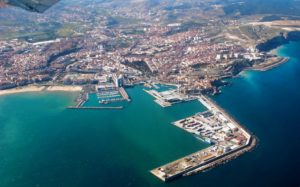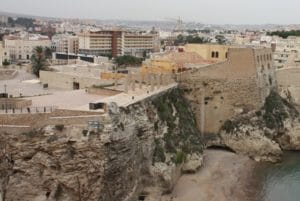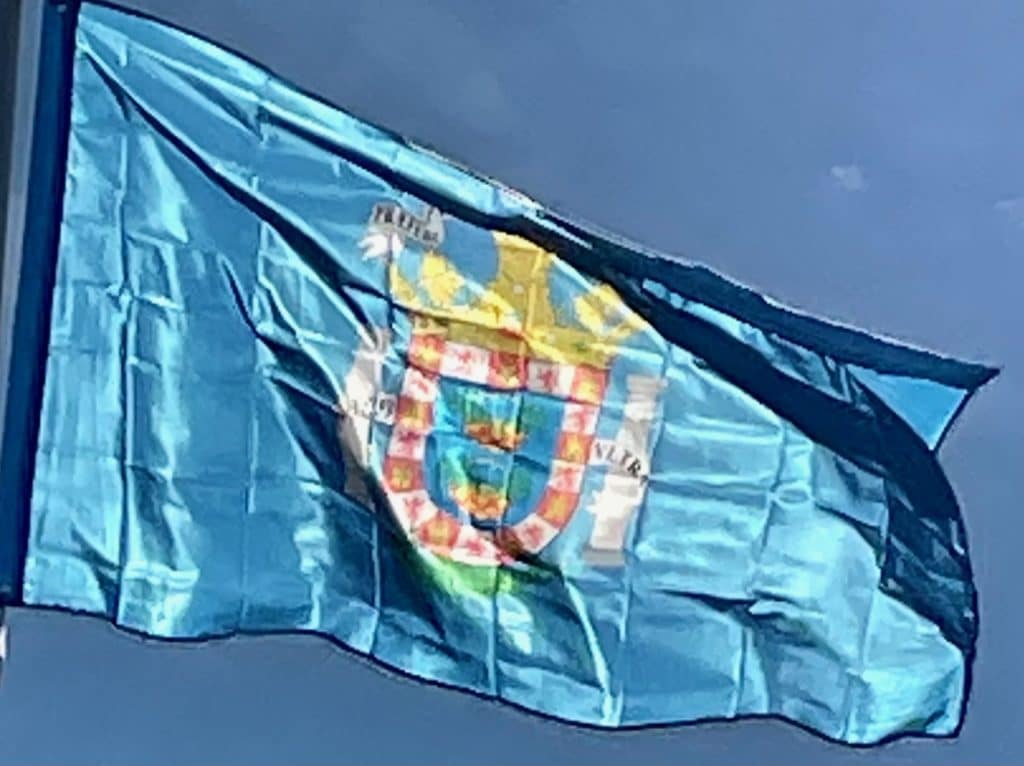Introduction:
Melilla is an autonomous city of Spain located on the northwest coast of Africa, sharing a border with Morocco. It has an area of 12.3 km2 (4.7 sq mi). One of two Spanish autonomous cities in mainland Africa together with Ceuta, it was part of the Province of Málaga until 14 March 1995, when the Statute of Autonomy of Melilla was passed.
Melilla is one of the special territories of the European Union (EU). Movements to and from the rest of the EU and Melilla are subject to specific rules, provided for inter alia in the Accession Agreement of Spain to the Schengen Convention.

As of 2019, Melilla had a population of 86,487. The population is chiefly divided between people of Iberian and Riffian extraction. There is also a small number of Sephardic Jews and Sindhi Hindus.
Melilla, like Ceuta and Spain’s other territories in Africa, is subject to an irredentist claim by Morocco.
History:
Pre-Modern History:
It was a Phoenician and later Punic trade establishment under the name of Rusadir. Later Rome absorbed it as part of the Roman province of Mauretania Tingitana. Rusaddir is mentioned by Ptolemy (IV, 1) and Pliny (V, 18) who called it “oppidum et portus” (a fortified town and port). It was also cited by Mela (I, 33) as Rusicada, and by the Itinerarium Antonini. Rusaddir was said to have once been the seat of a bishop, but there is no record of any bishop of the purported see, which is not included in the Catholic Church‘s list of titular sees.

As centuries passed, it was ruled by Vandal, Byzantine and Hispano-Visigothic bands. The political history is similar to that of towns in the region of the Moroccan Rif and southern Spain. Local rule passed through a succession of Phoenician, Punic, Roman, Umayyad, Cordobese, Idrisid, Almoravid, Almohad, Marinid, and then Wattasid rulers.
During the 15th century, the city subsumed into decadence, just like most of the rest of cities of the Kingdom of Fez located along the Mediterranean coast, eclipsed by those along the Atlantic facade. Following the completion of the conquest of the Nasrid Kingdom of Granada by the Catholic Monarchs in 1492, their Secretary Hernando de Zafra started to compile information about the sorry state of the north-African coast with the prospect of a potential territorial expansion in mind, sending field agents to investigate, and subsequently reporting the Catholic Monarchs that, by early 1494, locals had expelled the authority of the Sultan of Fez and had offered to pledge service. While the 1494 Treaty of Tordesillas put Melilla and Cazaza (until then reserved to the Portuguese) under the sphere of Castile, the conquest of the city had to wait, delayed by the occupation of Naples by Charles VIII of France.
Presidio:
The Duke of Medina Sidonia, Juan Alfonso Pérez de Guzmán promoted the seizure of the place, to be headed by Pedro de Estopiñán, while the Catholic Monarchs, Isabella of Castile and Ferdinand of Aragon endorsed the initiative, also providing the assistance of their artillery officer Francisco Ramírez de Madrid during the operation. Melilla was occupied on 17 September 1497 virtually without any violence as it, as located in the border between the Kingdom of Tlemcen and the Kingdom of Fez and fought over many times by those powers, it had been left abandoned and partially ruined. No big-scale expansion into the Kingdom of Fez ensued, and, barring the enterprises of the Cardinal Cisneros along the coast in Mers El Kébir and Oran (in the Algerian coast), and the rock of Badis (this one in the territorial scope of the Kingdom of Fez), the imperial impetus of the Hispanic Monarchy was eventually directed elsewhere, to the Italian Wars waged against France, and, particularly since 1519, to the newly discovered continent across the Atlantic.
